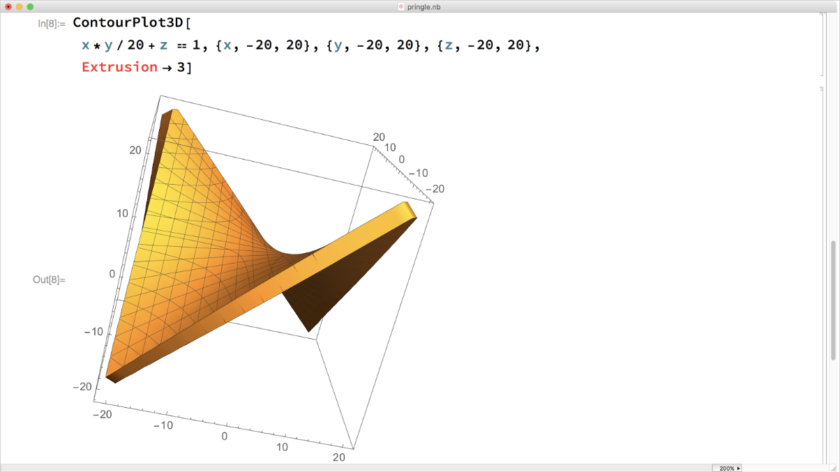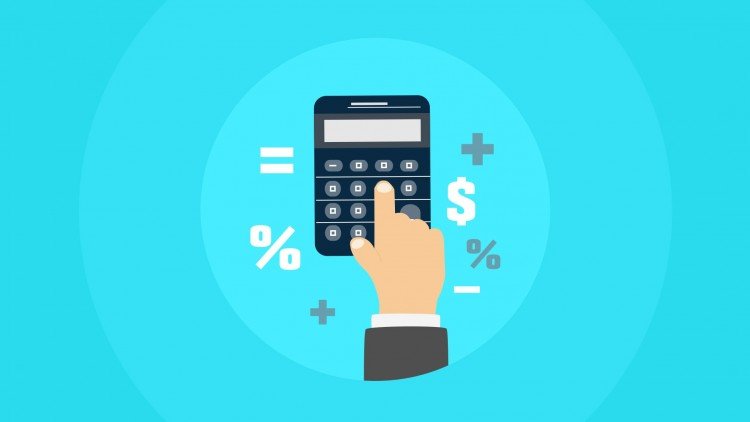

The MathematicaHandbook Table of Contents can be seen here.

Share Cite edited at 0:02 answered at 17:01 MJD 63. I wrote a blog article about this a few years back that provides more details. There is a great deal of explanation and discussion, and a great deal more is proved besides. It also provides a discussion of more advanced topics such as programming with multi-line functions, symbolic processing with patterns, and importing and exporting data files, all illustrated with many “live” examples that can be executed within the notebook.Ģ) a comprehensive presentation of topics and problems encountered in a traditional mathematical methods course (linear algebra, vector analysis, ordinary and partial differential equations, boundary value problems, etc.) with a careful comparison of traditional versus Mathematica-based techniques for solving these types of problems.ģ) Case studies and Applications which explores more advanced applications of Mathematica to quantum mechanics, fluid mechanics, electricity & magnetism, etc. Finally, Principia Mathematica does not take 300 pages to only prove 1 + 1 2. It can be used as a supplementary text in any undergraduate or graduate level mathematical methods course which includes an introduction to modern mathematical software.ġ) a Mathematica tutorial which provides a fast-paced but thorough introduction of basic syntax suitable for beginners.

It provides lessons, examples and templates at your fingertips for a wide variety of problems in physics, chemistry, and engineering. Publisher Description: This revision of the successful textbook The Beginners Guide to Mathematica, teaches new Mathematica users. The MathematicaHandbook is a download which is viewed as a notebook within your copy of Mathematica®.


 0 kommentar(er)
0 kommentar(er)
